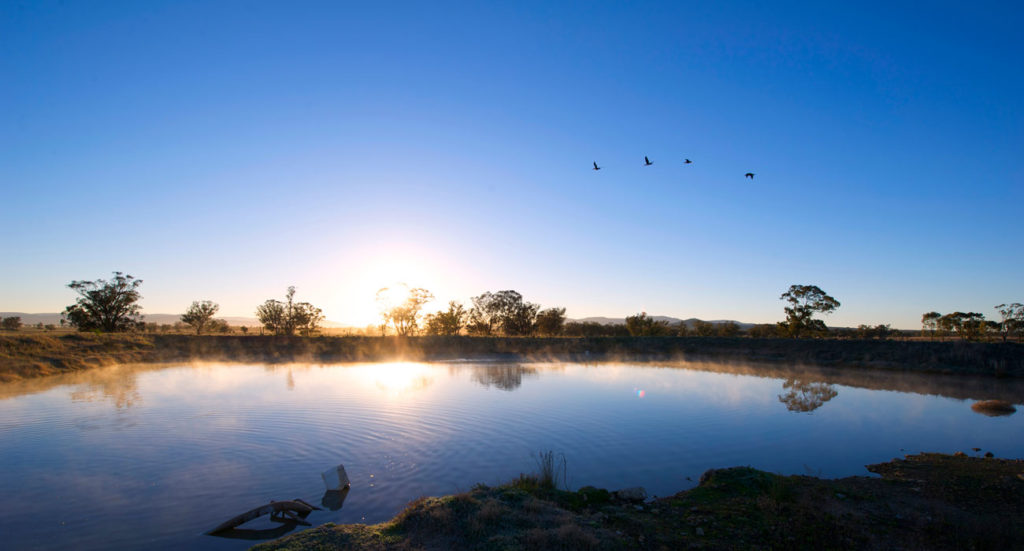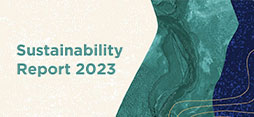16 December 2015
Government-commissioned review rejects findings of Caroona Coal Action Group report on Werris Creek

Whitehaven Coal has welcomed the findings of an independent, Government-commissioned peer reviewer that there is no case to be made that the Werris Creek mine operations are contributing to water impacts (drawdowns) currently being observed at local landholder bores.
The NSW Department of Primary Industries – Water (DPIW) commissioned Dr Noel Merrick to undertake the independent peer review in response to a recent desktop analysis of groundwater impacts at Werris Creek Coal Mine carried out by Mr Doug Anderson on behalf of the Caroona Coal Action Group.
Paul Flynn, CEO and Managing Director of Whitehaven Coal said that independent peer review by Dr Merrick reaffirms the company’s compliance with its licence requirements and raises serious concerns about Mr Anderson’s report and the professional standards of the UNSW Water Research Laboratory.
“The failings in Mr Anderson’s report would appear to be driven by ideology, not science, but have nevertheless caused harm to our reputation and standing in the Werris Creek community which we have worked extremely hard to build since we commenced mining operations in 2005.
“The independent peer review clearly backs up what we have been saying all along – that drought and groundwater extraction for non-mining purposes such as irrigation are the primary reasons for the decline in groundwater levels around the mine.
“The findings of the peer review also unequivocally put to rest any suggestion the mine has impacted the alluvial aquifer, or that the aquifer has been ‘breached’ or ‘pierced’.
“Whitehaven takes its environmental obligations extremely seriously and it is disappointing that Mr Anderson’s report has been used by some in an attempt to discredit our company and the performance of our environmental team at Werris Creek”, Mr Flynn said.
Key highlights from the independent peer review include:
- “The [UNSW Report] has reached erroneous conclusions based on inadequate data analysis and misinterpretation of cause-and-effect relationships between the acquired groundwater data and the observed effects of the groundwater system.”
- “This reviewer finds no case for the conclusion of the UNSW reviewer that ‘it is likely that coal mining operations at…Werris Creek…are contributing to the impacts currently being observed at landholder bores.’”
- “…criticisms [of Whitehaven’s groundwater modelling] do not follow a structured approach as advocated in the national groundwater monitoring guidelines.”
- “There is no evidence for groundwater flow reversal from the Quipolly Creek alluvium to the mine. On the contrary, there is strong evidence for flow in the opposite direction, towards Quipolly Creek.”
- “The key weaknesses in the [UNSW Report] are:
- No reference to national groundwater modelling guidelines.
- Not using best practice peer review protocols.
- Not allowing for the risk management tenor of the Aquifer Interference Policy.
- Inadequate data analysis which did not take into account rainfall trends, spatial patterns or distance of impact sites from mining.
- Misinterpretation of groundwater responses temporally and spatially.
- Unsubstantiated and illogical attribution of impacts to mining.
- Inadequate consideration of the recent drought as a plausible explanation for observed impacts.
- Unreasonable expectations of groundwater modelling without regard to the state of the art or the requirements of the Aquifer Interference Policy.
“Science and hard data may be an irrelevance to those seeking to progress an anti-mining agenda, but it is fundamental to maintaining the trust we have always sought to build in the communities where we operate”, Mr Flynn said.
The NSW Department for Primary Industries Water Fact Sheet on the issue can be downloaded here
Back to News Whitehaven coal
Whitehaven coal

